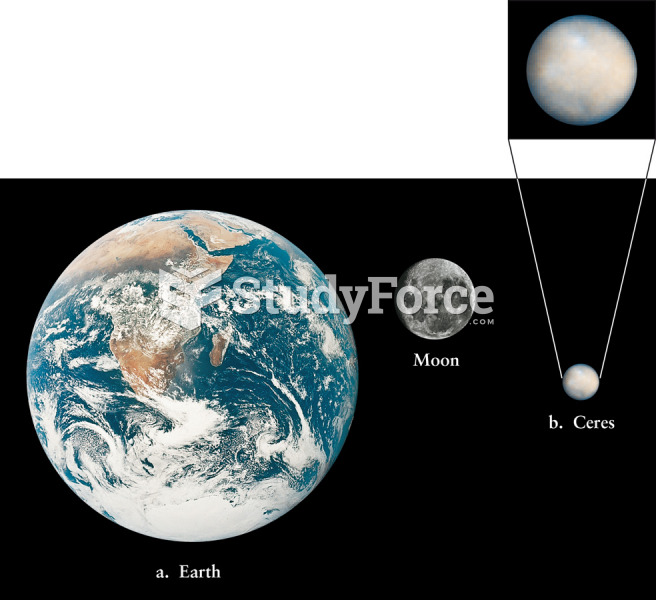|
|
|
A serious new warning has been established for pregnant women against taking ACE inhibitors during pregnancy. In the study, the risk of major birth defects in children whose mothers took ACE inhibitors during the first trimester was nearly three times higher than in children whose mothers didn't take ACE inhibitors. Physicians can prescribe alternative medications for pregnant women who have symptoms of high blood pressure.
There are more bacteria in your mouth than there are people in the world.
If all the neurons in the human body were lined up, they would stretch more than 600 miles.
The effects of organophosphate poisoning are referred to by using the abbreviations “SLUD” or “SLUDGE,” It stands for: salivation, lacrimation, urination, defecation, GI upset, and emesis.
For pediatric patients, intravenous fluids are the most commonly cited products involved in medication errors that are reported to the USP.
 Aristolochic acid (AA), a component of birthwort,a plant used in herbal remedies since ancient times
Aristolochic acid (AA), a component of birthwort,a plant used in herbal remedies since ancient times
 Safety glasses should be worn at all times when working on or around any vehicle or servicing any ...
Safety glasses should be worn at all times when working on or around any vehicle or servicing any ...





